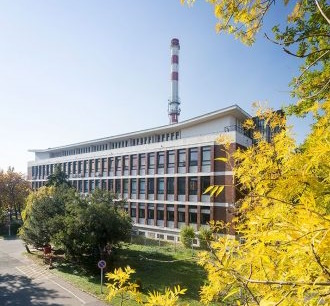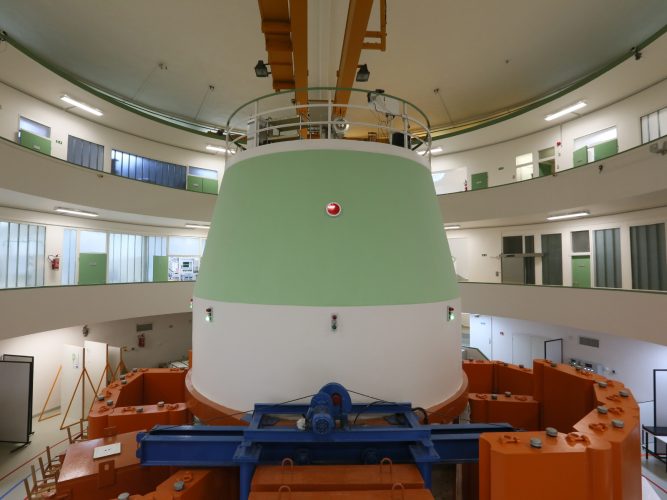H2020 ARIEL Hands-on school on nuclear data from Research Reactors
Budapest, Hungary
Welcome to the website of the H2020 ARIEL nuclear data school, entitled “Hands-on school on nuclear data from Research Reactors”.
Date: 25-29 September 2023
Place: Budapest, Hungary
Language: English
Contact: ariel.bpschool@bnc.hu
The registration deadline is now extended until 31 August 2023.
Organizers
The school is organized by the Nuclear Analysis and Radiography Department (NARD) of the Institute for Energy Security and Environmental Safety, Centre for Energy Research (CER), and the Nuclear Technology Institute of the Budapest University of Technology and Economics (BME NTI).
The Centre for Energy Research is the host institute of the Budapest Neutron Centre (BNC) and the operator of the 10-MW Budapest Research Reactor (BRR). BNC manages 16 scientific instruments installed on the neutron beams of the reactor.
The Nuclear Technology Institute operates a 100-kW Training Reactor.


The Budapest Research Reactor at the Centre for Energy Research (left) and the training reactor of the Budapest University of Technology and Economics (right)
About the H2020 ARIEL project
The EURATOM coordination and support project "Accelerator and Research Reactor Infrastructures for Education and Learning (ARIEL)" brings together the most modern and state-of-the-art European neutron beam laboratories using the full range of neutron sources from high-energy proton synchrotron to research reactors. For the continued improvement of the safety of current and future nuclear facilities, accurate and precise nuclear data are required e.g., for advanced computer simulations.
Producing these nuclear data is a complex process that relies on neutron facilities and highly trained nuclear physicists. Twenty-three partners from 14 European countries will work together for the education and training of a new generation of young scientists and technical staff.
The registration fee and accommodation costs in double rooms will be covered by the H2020 ARIEL Project (www.ariel-h2020.eu). The travel up to an average quota of about 400 Euro can be covered, which includes fares to come from home to Budapest, back to home and visa if needed.
It is also recommended to have a health insurance for the school period.
This school receives funding from the H2020 Euratom research and training program 2014-2018 under grant agreement No 847594 (ARIEL).

